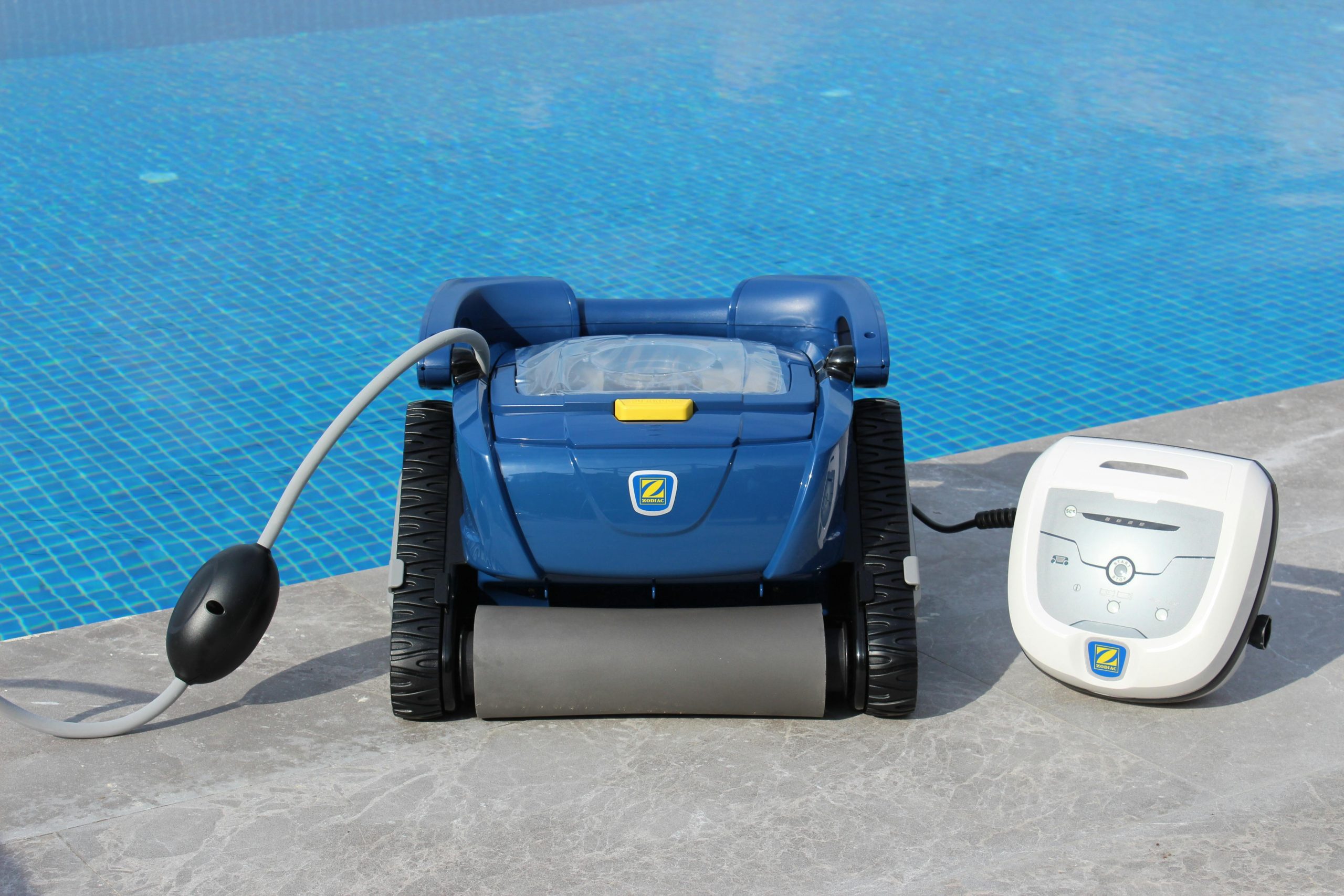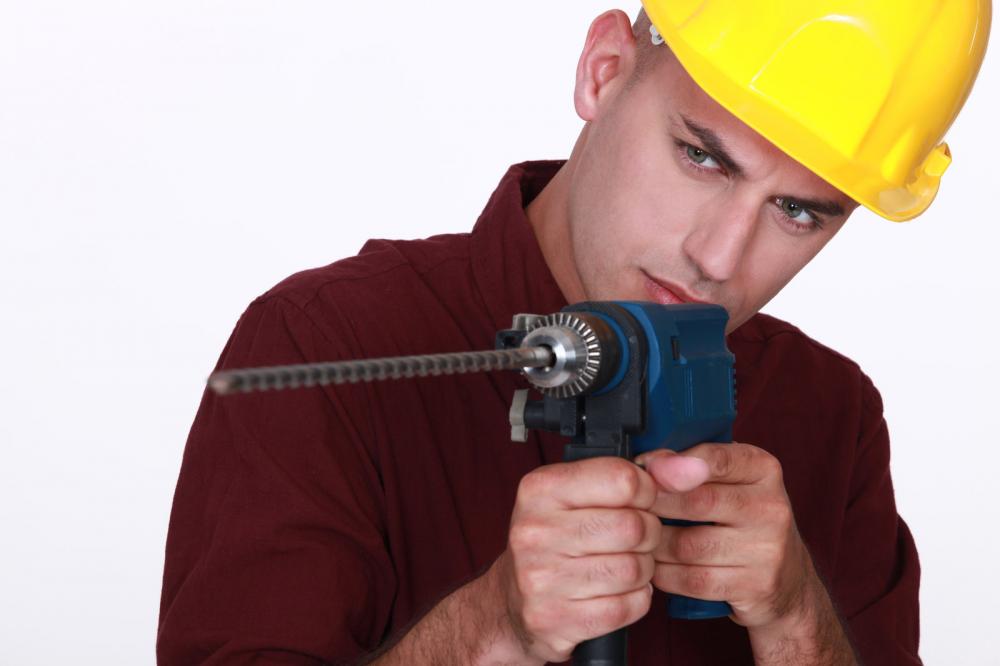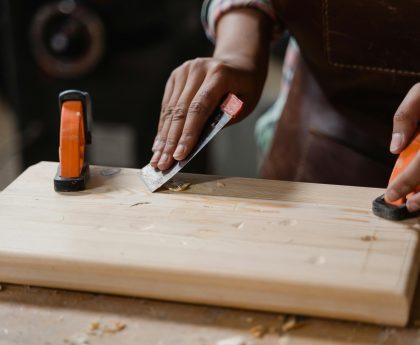As the summer sun blazes, your swimming pool becomes the ultimate retreat for relaxation and fun. However, to keep your pool water sparkling clean and safe for swimming, regular maintenance is essential. Proper maintenance not only ensures a pleasant swimming experience but also prolongs the life of your pool and its equipment. In this guide, we’ll explore the essential tools needed for pool maintenance, including skimmers, vacuums, and water testing kits, to help you achieve a pristine pool all summer long.
1. Skimmers
Purpose:
- Removing debris such as leaves, insects, and dirt from the pool surface.
Description:
- Skimmers are indispensable for keeping your pool free of floating debris. Handheld skimmers are nets attached to a telescoping pole, allowing you to scoop out unwanted materials from the water. Automatic skimmers attach to your pool’s filtration system and continuously remove debris.
Types of Skimmers:
- Handheld Skimmers: Ideal for manual spot cleaning and quick debris removal.
- Automatic Skimmers: Work with your pool’s pump to continuously clean the surface.
Tips:
- Use the handheld skimmer daily to prevent debris from sinking to the bottom.
- Empty the skimmer basket regularly to maintain optimal performance.
2. Pool Vacuums
Purpose:
- Cleaning the pool floor and walls by removing dirt, algae, and other deposits.
Description:
- Pool vacuums are essential for maintaining the cleanliness of your pool’s surfaces. There are manual, automatic, and robotic pool vacuums available, each serving different needs and preferences.
Types of Pool Vacuums:
- Manual Pool Vacuums: Operated by hand, connected to your pool’s pump system, and controlled via a telescoping pole.
- Automatic Pool Vacuums: Attach to your pool’s filtration system and move around the pool on their own.
- Robotic Pool Vacuums: Independent units with their own power supply and filtration system, offering the highest level of automation and efficiency.
Tips:
- Vacuum your pool at least once a week to prevent algae and dirt buildup.
- Ensure the vacuum head is suitable for your pool surface type to avoid damage.
3. Water Testing Kits
Purpose:
- Monitoring and maintaining the chemical balance of your pool water.
Description:
- Water testing kits are crucial for ensuring your pool water is safe and comfortable for swimming. These kits measure various parameters, including pH levels, chlorine concentration, alkalinity, and hardness.
Types of Water Testing Kits:
- Test Strips: Simple and quick, test strips change color based on the chemical levels in your water.
- Liquid Test Kits: Provide more accurate readings and involve adding reagents to water samples.
- Digital Testers: Offer precise electronic readings of various chemical parameters.
Tips:
- Test your pool water at least twice a week, especially after heavy use or rain.
- Adjust chemicals gradually and retest to ensure you achieve the correct balance.
4. Pool Brushes
Purpose:
- Scrubbing the pool walls, floor, and steps to remove algae and dirt.
Description:
- Pool brushes are used to scrub surfaces that can’t be cleaned by a vacuum alone. They help prevent algae growth and keep your pool surfaces smooth and clean.
Types of Pool Brushes:
- Nylon Brushes: Suitable for all pool types, including vinyl, fiberglass, and concrete.
- Stainless Steel Brushes: Ideal for concrete and plaster pools, effective for tough algae and stains.
- Combination Brushes: Blend of nylon and stainless steel bristles for versatility and strength.
Tips:
- Brush your pool at least once a week, paying special attention to corners, steps, and ladders.
- Use gentle pressure to avoid damaging the pool surface.
5. Pool Shock
Purpose:
- Sanitizing and killing bacteria, algae, and other contaminants in the pool water.
Description:
- Pool shock is a concentrated form of chlorine or other sanitizers used to rapidly raise the chlorine level in your pool, killing off any harmful microorganisms. Shocking your pool helps maintain a safe and healthy swimming environment.
Types of Pool Shock:
- Calcium Hypochlorite: Common and effective, but can increase calcium hardness over time.
- Sodium Di-Chlor: Stabilized form of chlorine, less likely to raise pH levels.
- Non-Chlorine Shock: Uses potassium monopersulfate, ideal for routine maintenance without affecting chlorine levels.
Tips:
- Shock your pool once a week or after heavy use, storms, or algae outbreaks.
- Follow the manufacturer’s instructions for proper dosage and safety precautions.
6. Pool Covers
Purpose:
- Protecting the pool from debris, conserving heat, and reducing water evaporation.
Description:
- Pool covers are essential for maintaining water quality and temperature when the pool is not in use. They come in various types, including solar covers, safety covers, and winter covers.
Types of Pool Covers:
- Solar Covers: Trap heat from the sun, keeping the water warm and reducing evaporation.
- Safety Covers: Provide protection against accidental falls and keep debris out.
- Winter Covers: Durable covers designed to withstand harsh winter conditions, protecting the pool during the off-season.
Tips:
- Use a cover when the pool is not in use to minimize maintenance and save on heating costs.
- Clean and store the cover properly when not in use to extend its lifespan.
7. Pool Algaecides
Purpose:
- Preventing and controlling algae growth in the pool water.
Description:
- Algaecides are chemicals specifically formulated to combat different types of algae. Regular use of algaecides helps maintain clear water and reduces the need for intensive cleaning.
Types of Algaecides:
- Quaternary Ammonium Compounds (Quats): Effective against green algae, affordable, but can cause foaming.
- Polymer Algaecides: Non-foaming, effective against various algae types, and gentle on pool surfaces.
- Copper-Based Algaecides: Highly effective, especially against stubborn algae, but can cause staining if not used correctly.
Tips:
- Add algaecides after heavy rains or when opening the pool for the season.
- Follow dosage instructions carefully to avoid overuse.
8. Pool Thermometers
Purpose:
- Monitoring the temperature of the pool water for optimal comfort.
Description:
- Pool thermometers help you maintain a comfortable swimming temperature. They come in various designs, including floating and digital thermometers.
Types of Pool Thermometers:
- Floating Thermometers: Simple and easy to read, float on the pool surface.
- Digital Thermometers: Provide precise temperature readings, some with wireless capabilities.
Tips:
- Place the thermometer in a central location for accurate readings.
- Check the temperature regularly, especially if you heat your pool.
9. Pool Filters
Purpose:
- Removing impurities and debris from the pool water.
Description:
- Pool filters are essential for maintaining clean and clear water. There are three main types of pool filters: sand, cartridge, and diatomaceous earth (DE) filters.
Types of Pool Filters:
- Sand Filters: Easy to maintain, require periodic backwashing.
- Cartridge Filters: Provide excellent filtration, easy to clean and replace.
- DE Filters: Offer the highest level of filtration, but require more maintenance.
Tips:
- Clean or backwash your filter regularly to maintain optimal performance.
- Replace filter media as recommended by the manufacturer.
Maintaining your pool requires a combination of the right tools and regular care. By investing in essential tools like skimmers, vacuums, and water testing kits, you can ensure your pool remains a sparkling oasis throughout the summer. Regular maintenance not only enhances your swimming experience but also extends the life of your pool and its equipment. Follow the tips and guidelines in this guide to keep your pool in top condition and enjoy a refreshing, clean swim all summer long.




